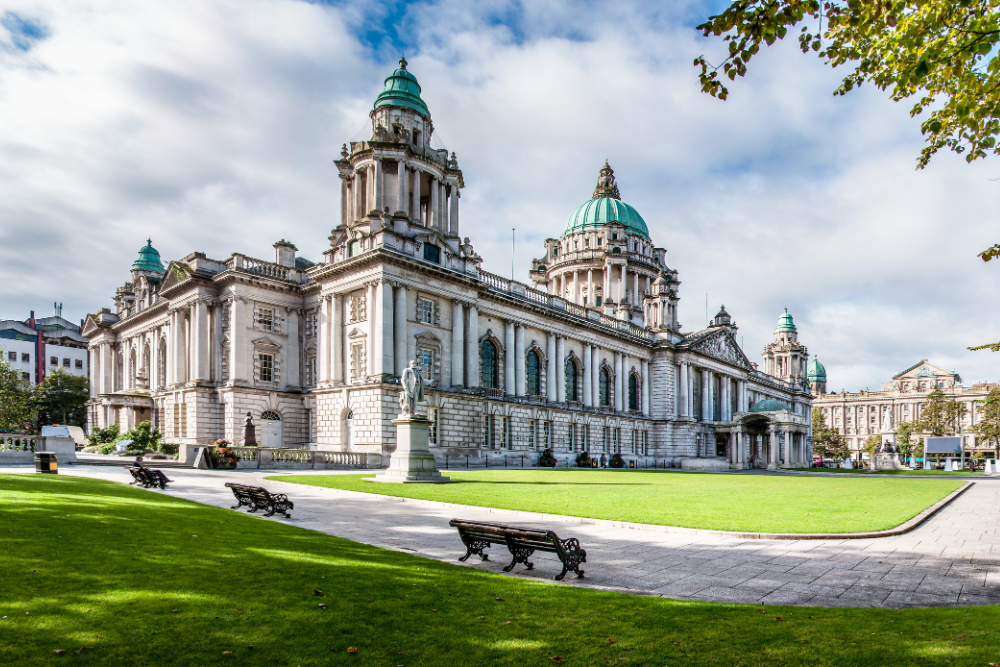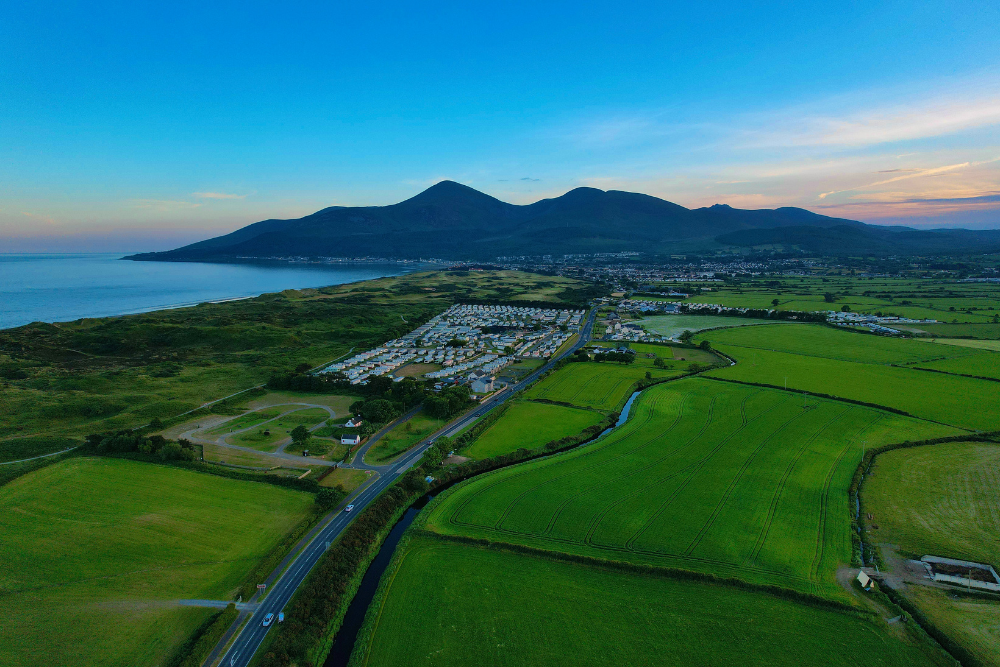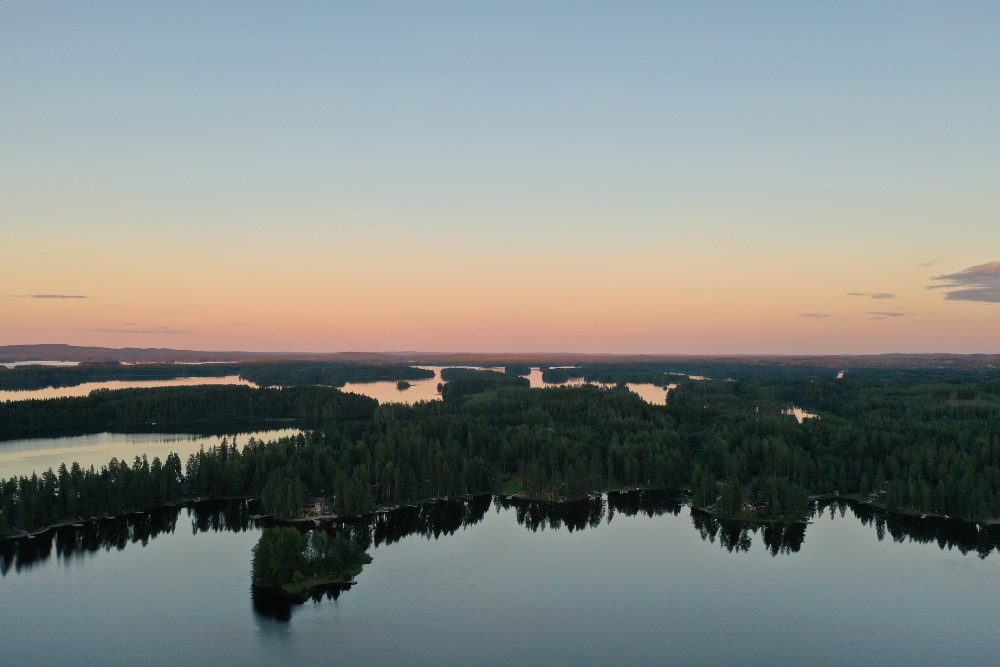Northern Ireland, a region steeped in history, natural beauty, and vibrant culture, offers visitors a wealth of experiences from the bustling streets of Belfast to the awe-inspiring formations of the Giant’s Causeway. This part of the UK is often overlooked in favor of its southern neighbor, but it is quickly becoming a must-visit destination for travelers seeking a mix of ancient wonders, modern attractions, and a fascinating history. Here’s a guide to the highlights of Northern Ireland, from its capital city to its breathtaking coastline.
1. Belfast: The Heart of Northern Ireland

As the capital and largest city in Northern Ireland, Belfast is a city full of contrasts, where history, culture, and innovation meet. Visitors can easily spend a few days exploring the city’s rich heritage, vibrant arts scene, and lively nightlife.
- Titanic Belfast: One of Belfast’s most famous landmarks is the Titanic Belfast museum, dedicated to the history of the ill-fated ship RMS Titanic, which was built in the city’s shipyards. Located in a striking building shaped like the bow of a ship, this museum offers interactive exhibits and immersive displays, telling the story of the Titanic’s construction, launch, and tragic sinking.
- Crumlin Road Gaol: A visit to the Crumlin Road Gaol, a Victorian-era prison that operated from 1845 to 1996, offers a chilling glimpse into the region’s tumultuous past. The prison was used to incarcerate political prisoners during the Troubles, and today it’s a museum that offers guided tours through its dark history.
- St. George’s Market: For those wanting to taste the local culture, St. George’s Market is a must-visit. Open since 1604, this market offers everything from fresh local produce to handmade crafts and live music. It’s an excellent place to enjoy some traditional Irish fare like fish and chips or sample a pint of local ale.
- Botanic Gardens: For a more peaceful experience, head to the Botanic Gardens, which are home to the beautiful Palm House and Cavehill, where you can enjoy a scenic walk with views of the city.
2. The Causeway Coast: Breathtaking Views and Ancient Wonders
The Causeway Coast is one of Northern Ireland’s most famous attractions, offering dramatic landscapes, rugged coastline, and fascinating geological features. The region is home to some of the country’s most iconic natural wonders.
- Giant’s Causeway: Perhaps the most famous landmark in Northern Ireland, the Giant’s Causeway is a UNESCO World Heritage site known for its distinctive hexagonal columns of basalt rock. Formed over 60 million years ago by volcanic activity, the site is steeped in legend, with local folklore attributing the causeway’s creation to the giant Fionn mac Cumhaill. Visitors can take a leisurely walk along the cliffs and marvel at the stunning geological formations, with panoramic views of the Atlantic Ocean.
- Carrick-a-Rede Rope Bridge: For those seeking a bit of adventure, the Carrick-a-Rede Rope Bridge offers a thrilling experience. Suspended 30 meters above the sea, this rickety bridge connects the mainland to Carrick Island and offers spectacular views of the coastline. It’s a great spot for photography, with rugged cliffs, crashing waves, and the lush landscape of County Antrim in the distance.
- Dunluce Castle: Perched dramatically on a cliff edge overlooking the sea, Dunluce Castle is one of Northern Ireland’s most picturesque ruins. Dating back to the 16th century, the castle once served as the home of the MacDonnell family. Today, visitors can explore its stone walls and towers while taking in the breathtaking views of the surrounding coastline.
- Ballintoy: The village of Ballintoy, with its rugged coastline and dramatic cliffs, is one of the most scenic spots on the Causeway Coast. It has been used as a filming location for Game of Thrones, so fans of the show will recognize the area as the location for Iron Islands.
3. The Mourne Mountains: A Hiker’s Paradise

For those who love the great outdoors, the Mourne Mountains offer some of the best hiking and nature experiences in Northern Ireland. Located in the southeastern part of the country, this range of mountains is known for its rugged beauty and stunning landscapes.
- Slieve Donard: The highest peak in the Mourne Mountains, Slieve Donard rises 850 meters above sea level. The summit offers spectacular views of the surrounding mountains, the Carlingford Lough, and the Irish Sea. The hike to the top is challenging but rewarding, attracting hikers from all over the world.
- Silent Valley Reservoir: For a more relaxed outdoor experience, head to the Silent Valley Reservoir, nestled in the heart of the Mourne Mountains. This picturesque spot offers easy walking routes, perfect for a peaceful day out in nature.
- Mourne Wall: One of the most iconic features of the Mourne Mountains is the Mourne Wall, a 22-mile-long stone wall that was built in the early 20th century to enclose the Silent Valley Reservoir. Hikers can follow the wall for a challenging trek with breathtaking views of the surrounding peaks.
4. Derry/Londonderry: A City of History and Culture
The city of Derry/Londonderry, located on the banks of the River Foyle, is one of Northern Ireland’s most historic cities, known for its well-preserved city walls and fascinating history.
- The City Walls: The city walls of Derry, built in the 17th century, are among the best-preserved in Europe. Visitors can take a walk along the top of the walls and enjoy views of the city and its surroundings. The walls have played a significant role in the history of Derry, particularly during the Siege of Derry in the late 1600s.
- The Museum of Free Derry: To learn more about the city’s history and the struggles of The Troubles, a visit to the Museum of Free Derry is essential. The museum provides an in-depth look at the events surrounding the Bloody Sunday massacre, in which 13 civil rights protesters were killed by British soldiers in 1972.
- Peace Bridge: The Peace Bridge in Derry/Londonderry symbolizes the city’s journey toward reconciliation. Spanning the River Foyle, the bridge connects the city center with the Ebrington Square, and walking across it offers a glimpse of the city’s transformation.
5. The Fermanagh Lakelands: Tranquility and Natural Beauty

In the southwest of Northern Ireland, the Fermanagh Lakelands are an area of outstanding natural beauty, known for its tranquil lakes, rivers, and lush landscapes. The region offers a peaceful escape from the more tourist-heavy areas of Northern Ireland.
- Lough Erne: The largest lake in the region, Lough Erne is a paradise for those who enjoy water-based activities such as boating, fishing, and kayaking. The lake is surrounded by stunning countryside, and visitors can take a boat trip to explore its many islands, including Devenish Island, home to an ancient monastic site.
- Marble Arch Caves: For a subterranean adventure, head to the Marble Arch Caves near Enniskillen. These impressive caves offer guided tours, where visitors can explore the underground limestone formations, including stunning stalactites and stalagmites.
Conclusion
Northern Ireland is a region of captivating beauty, steeped in history and rich in culture. From the bustling streets of Belfast to the ancient wonder of the Giant’s Causeway, there’s no shortage of amazing places to explore. Whether you’re hiking the Mourne Mountains, discovering the history of Derry, or enjoying the peaceful tranquility of the Fermanagh Lakelands, Northern Ireland is a destination that offers something for everyone. With its incredible landscapes, fascinating history, and welcoming people, it’s a place that will leave a lasting impression on any traveler.












